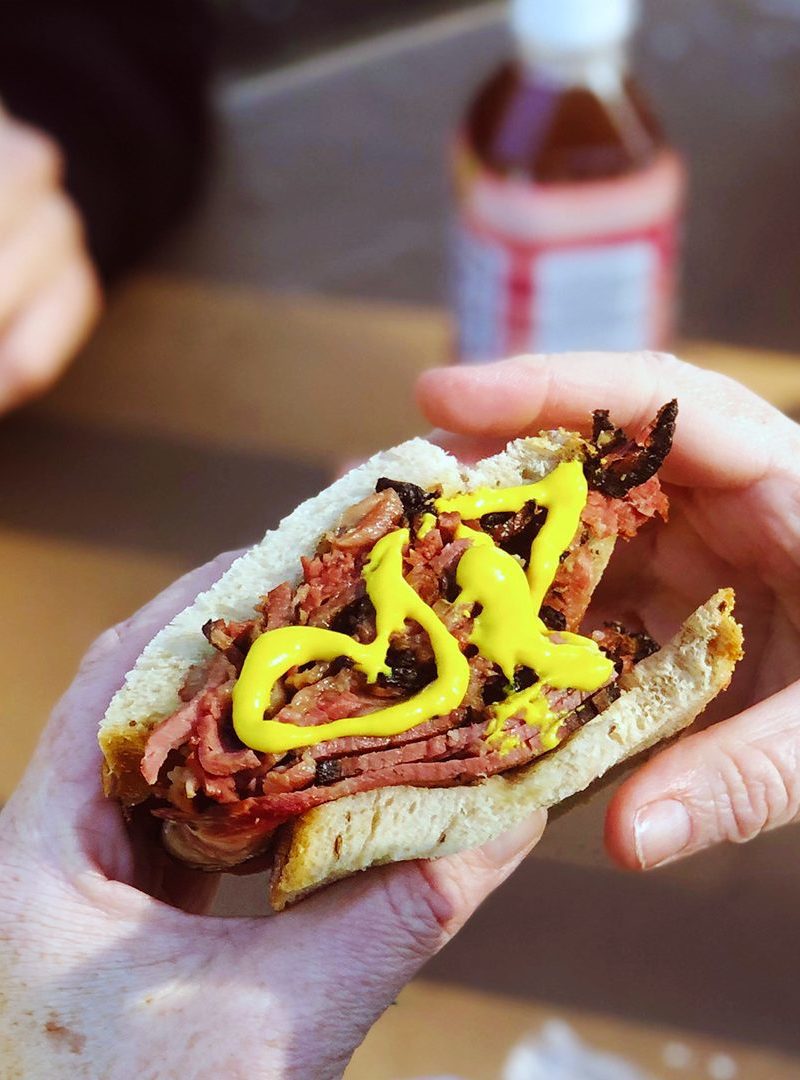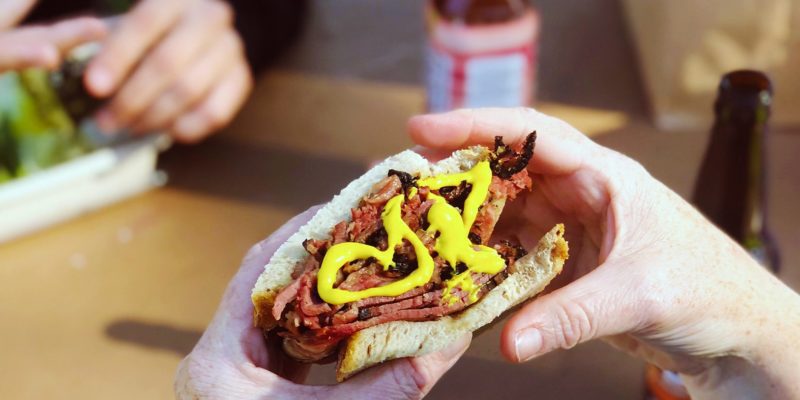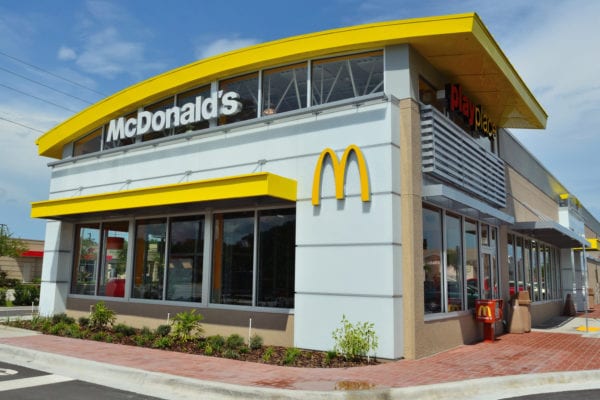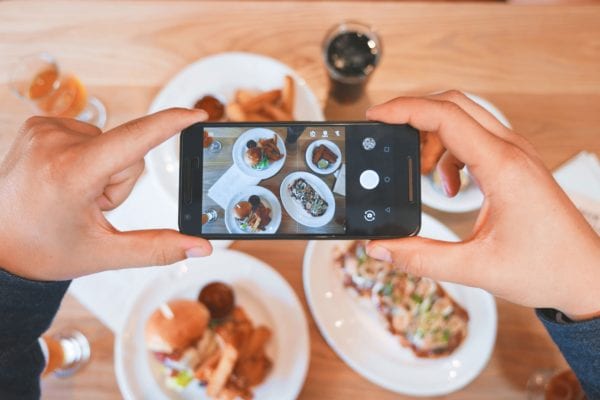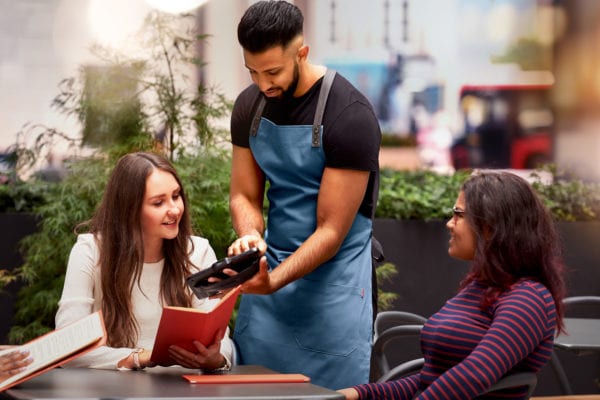Skift Take
Independents and mid-sized chains are very reliant on delivery companies, as they are too small to launch delivery channels of their own, and a failure to offer the channel would result in large amounts of missed revenue and new customers.
— Danni Santana
Third-party food delivery business services are becoming a topic of concern for independent restaurants and mid-sized chains looking to grow their nascent off-premise segments as they team up with the likes of Grubhub, Uber Eats, and DoorDash.
Delivery apps are known to bring in new customers, provide marketing, and handle the logistics of getting orders to customers for restaurants that cannot afford to launch their own delivery platforms. The downside is frequent complaints from at-home diners receiving food late, cold, or outside of packaging.
Equally as concerning for restaurants are service fees that can reach upwards of 30 percent of final customer checks, which can have a serious impact on operators’ profit margins. Larger chains have the benefit of negotiating down service fees by entering exclusive partnerships with delivery companies. They also have much higher order counts that lessen the blow of the fees they do pay.
“We put up with drivers and fees because delivery brings in a lot of new tickets and customers, and it also helps spread the word about us,” said Joel Dooley, general manager and sous chef at Munchiez, a sandwich shop based in Boca Raton, Florida.
Restaurants like Munchiez, which partners with Uber Eats and local delivery company Delivery Dudes, find themselves beholden to third-party delivery services due to growing demand for the channel from consumers.
Global downloads of the top five delivery apps grew another 115 percent from 2016 through the end of 2018, eMarketer reported. The food delivery market in the U.S. is also projected to swell to a potential $200 billion in sales within the next four years.
Munchiez sees its biggest demand for delivery at lunch time and late night, especially on weekends with Florida Atlantic University nearby. Just about all of its dine-in restaurant menu is available online, with the exception of milkshakes that do not travel well and monthly specials that are cumbersome to swap out on both vendor platforms, Dooley said.
“You have to spend half an hour on the phone to get items on the service or wait for a delivery driver to log in for you online,” he said, adding that Munchiez can also swap out items online itself, but the operator website components for the sites are not very user friendly.
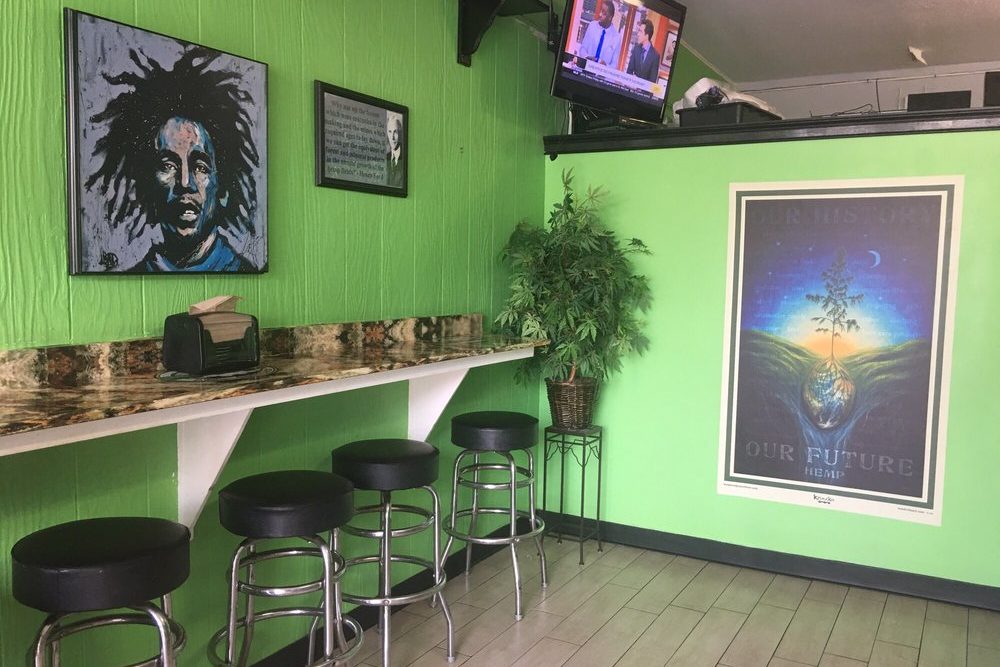
Munchiez’s bigger concern around delivery, however, lies on the driver side, Dooley continued. Delivery drivers, especially those working for Uber Eats, are known to cancel orders from repeat customers because they are unable to find an address.
A reason for this is that drivers for the service change quite frequently, unlike Delivery Dudes, which is smaller and offers more of a “personal touch” as they are based in Fort Lauderdale.
Uber Eats did not comment on restaurants’ dealings with drivers or its operator technology. But a company spokesperson said that the company has today launched Menu Maker, a new tool in the U.S. and Canada that makes the process of adjusting online menus for restaurants easier on its platform.
At the request of Uber Eats, Munchiez also has a standalone burger menu available only online, launched seven months into the partnership with the vendor. The suggestion was based on search data from Uber Eats’ app users in the area.
“They came to us saying ‘we need more burgers. People want burgers,’ and that we will make money if we add it to our menu,” said Dooley.
The menu is a part of a paid service, in which Munchiez pays Uber Eats a monthly fee if it gets the guaranteed amount of business promised.
Passing Off Fees To Customers
In an attempt to offset service fees, Munchiez charges $1 more for delivery than food in-store, due to the 30 percent price Uber Eats asks for, according to Dooley.
Regional casual dining chain Bad Daddy’s Burger Bar is testing its own separately priced delivery menu in two of its Colorado locations for the same purpose; only its planned increase is 10 percent.
“We figure the amount is not too onerous for customers,” said Good Times Restaurants CEO Boyd Hoback, Bad Daddy’s parent company. “I think it makes sense for the added convenience and cost for us.”
The chain first began testing delivery last year through DoorDash, but service fees ranging from 20 percent to 25 percent quickly became an issue, according to the company.
“Margins are the reason why,” said Hoback. “I think we will see more and more restaurants passing some of those [service] costs on to customers via fees or menu pricing.”
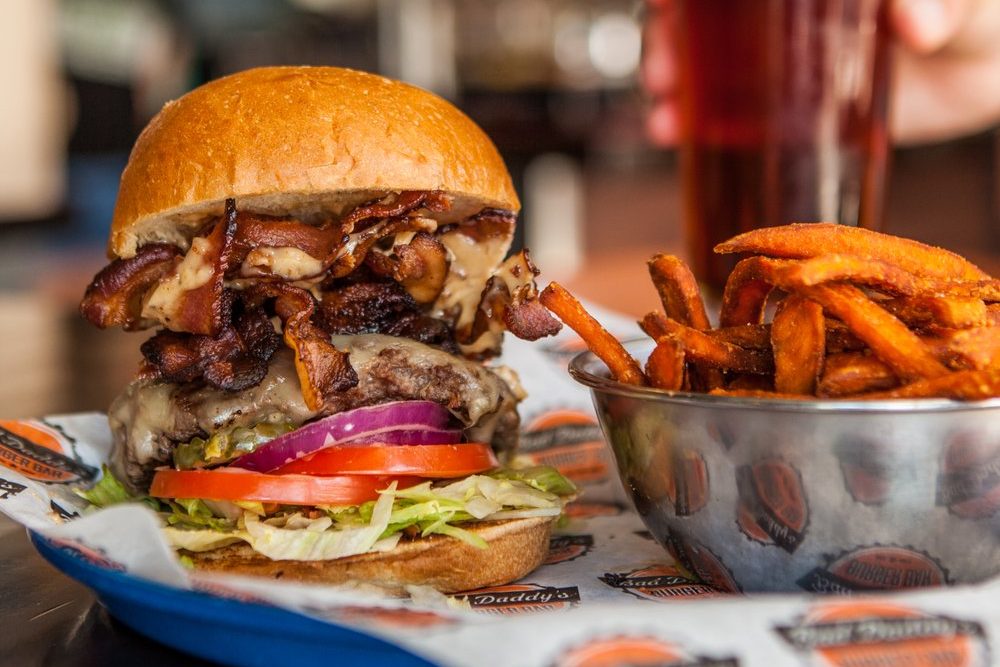
Bad Daddy’s is now modifying its point of sale (POS) system so that prices on delivery items automatically adjust online. DoorDash also typically charges customers a $2.99 delivery fee when ordering from Bad Daddy’s. However, once a quarter, the food delivery service, which just reached a $7.1 billion valuation, offers one free month of delivery to Bad Daddy’s customers, according to Hoback.
Off-premise sales currently account for 9 percent of Bad Daddy’s total annual sales, which reached $67 million for fiscal 2018. But the restaurant does not yet have the steady order count of its larger competitors to warrant a proprietary delivery channel, it says. Launching in-house delivery can be more expensive than the alternative, due to added labor and technology costs.
For other small chains, the investment is worth it. Dig Inn, a 26-unit chain based in New York City, launched an in-house delivery program earlier this month. Delivery accounted for 30 percent of total sales in some locations, which drove the company’s decision to pay for an in-house system. Dig Inn’s delivery menu ranges in price from $15 to $20, as compared to $10 to $14 dishes in the restaurant.
“We are working through delivery,” said Hoback. “Some items travel better than others. But I think the customer understands that will happen. We still sell a lot of fries and shakes though through delivery. I am actually surprised by the amount of soft drinks and shakes we do sell.”
Bad Daddy’s currently has 35 locations in Colorado, Oklahoma and across the Southeast. Each restaurant offers the full menu for delivery and takeout services, which are powered by Olo’s online food ordering platform.
Order Counts Can Ease The Pain
Some restaurants have coped with delivery fees better than others. Canter’s Deli is a prime example of that. The Los Angeles-based Jewish deli relies on sheer order count from its 14 different vendor partnerships to offset added costs from third parties. The restaurant secured its first delivery partnership with Grubhub in 2008, when foot traffic slowed considerably during the financial crisis.
“When the recession hit, we needed to find a new way to bring people in,“ said Alex Canter, director of business development at Canter’s Deli. “We quickly realized each delivery service had its own set of customers, so we wanted to be on all of them.”
Canter’s Deli’s off-premise business currently accounts for one-third of total restaurant sales, according to Canter. The family-owned restaurant also finds customers spend 50 percent more on average on delivery orders than dine-in, due to upselling and the placing of group orders for offices.
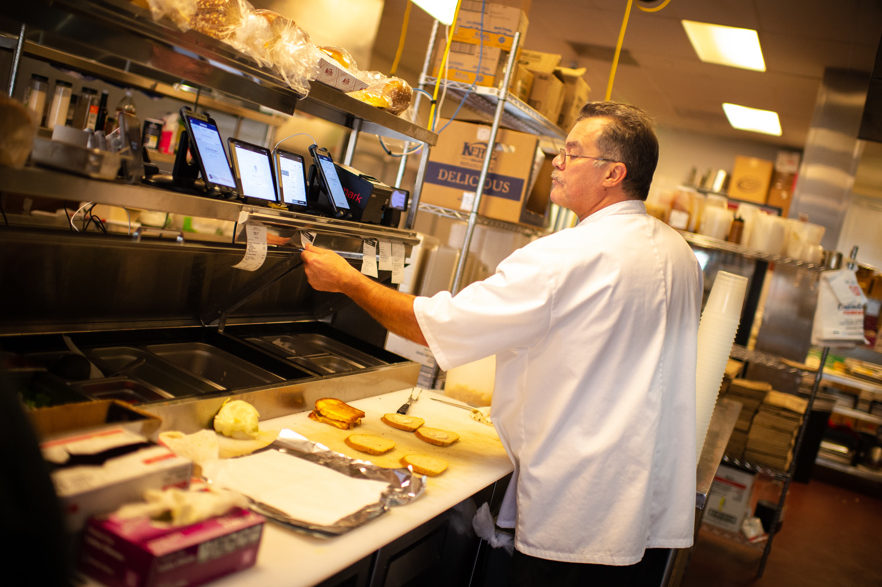
To manage Canter’s Deli’s incoming tickets, Canter launched Ordermark in 2013 — a company specializing in the aggregation of third-party delivery orders onto one printer. As CEO and co-founder, Canter also helps Ordermark’s restaurant clients avoid the same mistakes his family’s business committed early on in delivery, most notably putting each of the sandwich shop’s 250 in-store menu items online.
“It’s okay to put out the express version or tailor down menus to what makes sense for delivery,” said Canter. “When deciding what to put on menus, I work with restaurants to find items that they can afford to make 30 percent [lower] profits on. So if not steaks, then how about salads and burgers?”
After some A/B testing, Canter’s Deli slimmed down its own online menu by 30 items a few years ago, due to long prep times, and foods like soup and milkshakes that did not travel well.
Canter’s Deli’s most popular menu item is its Pastrami Reuben, available both in-store and online for $17.50. The sandwich costs the restaurant $5.50 to make for customers. But when delivered by Uber Eats, the delivery company takes an additional $5.25, or 30 percent, of the total retail price for itself, Canter says.
Overall, that amounts to more than 40 percent of the $12 profit Canter’s Deli makes when selling one Pastrami Reuben sandwich in-store. But there are other operational expenses that delivery orders don’t require, he added.
“When customers order online, they are not taking up a parking spot. There are also no dishes for staff to wash, sodas to refill, or free pickles to give out,” said Canter. “With delivery, we are just cranking out food.”
Third parties argue that service fees are necessary because it’s how their business models work, according to Atul Sood, former director of global business development at McDonald’s, now chief business officer at Kitchen United, a virtual kitchen that offers commercial cooking space for rent to restaurants.
“It’s something restaurants have felt pressure on, and need to deal with because [delivery services] will not be changing soon,” he said.
Restaurants, in response, will continue to rethink delivery in 2019 by creating separate menus with higher margin food items — foods that are inexpensive to make, like French fries, but cost the customer more, he added.
“They could also begin building out their own takeout platforms with companies like Olo,” Sood said. “Delivery is the biggest transformational shift in last four to five decades, but takeout is taking off as well.”

